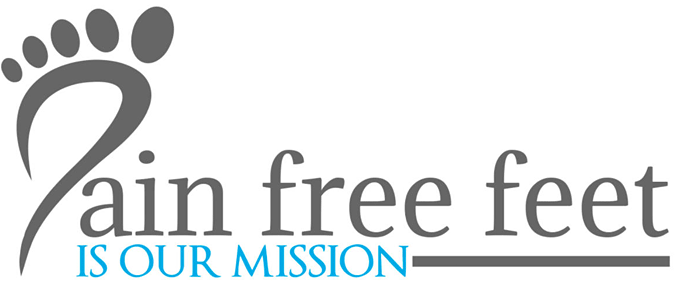Plantar warts (verrucae pedis) are caused by a virus. Warts are caused by the human papilloma virus (HPV). The virus enters the body through a break in the skin. This can easily occur when you are walking in bare feet in public bathing areas. The virus grows in warm moist environments like change rooms and pool areas. The virus is a common organism that we are all exposed to at some point in our lives.
Plantar means the bottom of the foot, but warts can occur anywhere on the foot. Plantar warts can be painful especially if they are on a weightbearing location of the foot. Sometimes they are mistaken for calluses because of layers of hard skin can build up on top of the wart. Warts have a clearly defined border. Warts appear spongy and bumpy. They may have tiny black spots in the centre. These are tiny blood vessel capillaries that supply blood to the wart. Most of the wart is below the surface of the skin. Often the wart is twice as big as the portion you see on your skin. Warts do not have roots.
The body’s natural immune system can often destroy a wart without any treatment. Treatment options are varied. There are many drug store over the counter, acid plasters, gels or ointments which can destroy the wart.
You should seek professional help, if the wart becomes larger, becomes painful, spreads or does not respond to the over the counter wart remedies.
Dos and Don’ts for foot wart prevention and treatment
- Check your feet each time you wash. Report anything unusual to your family doctor or chiropodist/podiatrist
- If it is a wart, it is infectious
- Keep it covered, even when washing
- Use your own towel and bathmat
- Cover existing warts before going into public places barefoot
- Wear sandals in public showers
- Do not share shoes
- Do not scratch or pick at wart that is how they spread
- Check other family members to see if they have warts
- Do not worry if it takes time to heal up
- Use Dettol™ or Javex™ to disinfect socks and shoes
Numerous plantar warts on the bottom of both feet at the initial consultation


Elimination of plantar warts after 5 months of treatment with cyrosurgery (freezing and thawing of wart), use of 40% salicylic acid stick on warts at home and use of Vitamin A and Zinc supplements.


